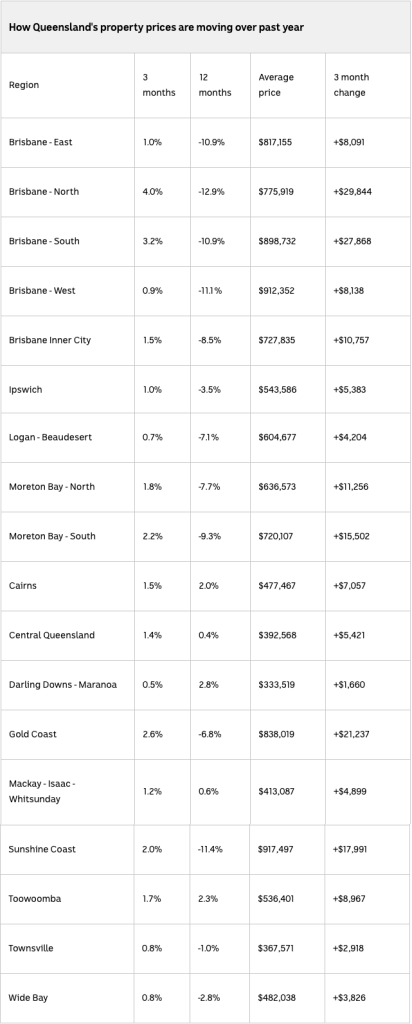Sydney, NSW real estate: suburbs where homebuyers have the advantage
New data has revealed a number of suburbs across NSW where conditions are favourable to buyers and investors have sizeable bargaining power.
The research commissioned by mortgagee lender Well Money took both house and unit markets and discounted suburbs that were experiencing stagnant demand over the past decade.
Suburbs were then ranked based on the number of years’ profit (from lowest to highest) that vendors would give up if they sold at a 10 per cent discount.
The Northern Rivers town of Alstonville topped the list of suburbs where conditions were most favourable to buyers and investors.
Alstonville has experienced a net price gain of 165 per cent over the past decade, with a median asking price of $901,600 in December 2022.
Even if a vendor sold the property at a 10 per cent discount in Alstonville, they would only lose out on a year’s profit.
The research highlighted investment-grade suburbs where owners enjoyed at least 45 per cent price growth over the past decade, meaning buyers would be confident vendors could afford to sell for a 10 per cent discount.
Well Money CEO Scott Spencer said the ranking was designed to help investors and buyers who wanted to buy in quality locations across NSW while also holding the negotiating power over vendors.
“Buyers hold a negotiating advantage in each of these suburbs right now, because vendors have enjoyed capital growth of at least 45 per cent over the past decade.
“Another reason why buyers have the edge in these suburbs is because market conditions have been turning in their favour, as demand relative to supply has been falling.”
Situated to the north of Nambucca Heads, the house market of Valla Beach ranked second on the list – experiencing a net price gain of 147 per cent over the past decade.
Valla Beach also enjoyed the lowest median asking price for houses on the list, with the average home costing $560,000 to buy and only a year of profit lost if sold at a discounted price.
Of the 20 suburbs identified as being buyer and investor friendly, only two unit markets made the list.
The unit market of Kellyville Ridge experienced an 89 per cent net price gain over the past decade and has a median asking price of $508,250.
A vendor would lose one and a half years of profit if they sold their unit at a discounted price in the suburb, with a 0.7 vacancy rate.
Kingswood was the only other unit market to make the list, experiencing a 118 per cent net price gain with a median asking price of $958,000.
While the suburbs in the report were indicative of being strong locations for investors, Mr Spencer urged them to be prudent with their finances.
“All of the suburbs have low inventory levels, which will put upward pressure on price growth, and low vacancy rates, which will put upward pressure on rental growth,” he said.
“Interest rates have been rising and will probably increase even further in the first half of 2023, so investors need to budget for higher repayments. It’s risky to enter the market if you don’t believe you’d have the capacity to cope with higher interest rates.”
TOP 20 SUBURBS WHERE BUYERS HAVE THE ADVANTAGE:
1: Alstonville (Houses)
2: Valla Beach (Houses)
3: Kellyville Ridge (Units)
4: Kariong (Houses)
5: Figtree (Houses)
6: Carrington (Houses)
7: Lawson (Houses)
8: Kingswood (Units)
9: Spring Farm (Houses)
10: Charlestown (Houses)
11: Elderslie (Houses)
12: Medowie (Houses)
13: Wadalba (Houses)
14: Fern Bay (Houses)
15: Braidwood (Houses)
16: Woongarrah (Houses)
17: Claremont Meadows (Houses)
18: Hamlyn Terrace (Houses)
19: Prestons (Houses)
20: Terranora (Houses)
Source: Well Money



















